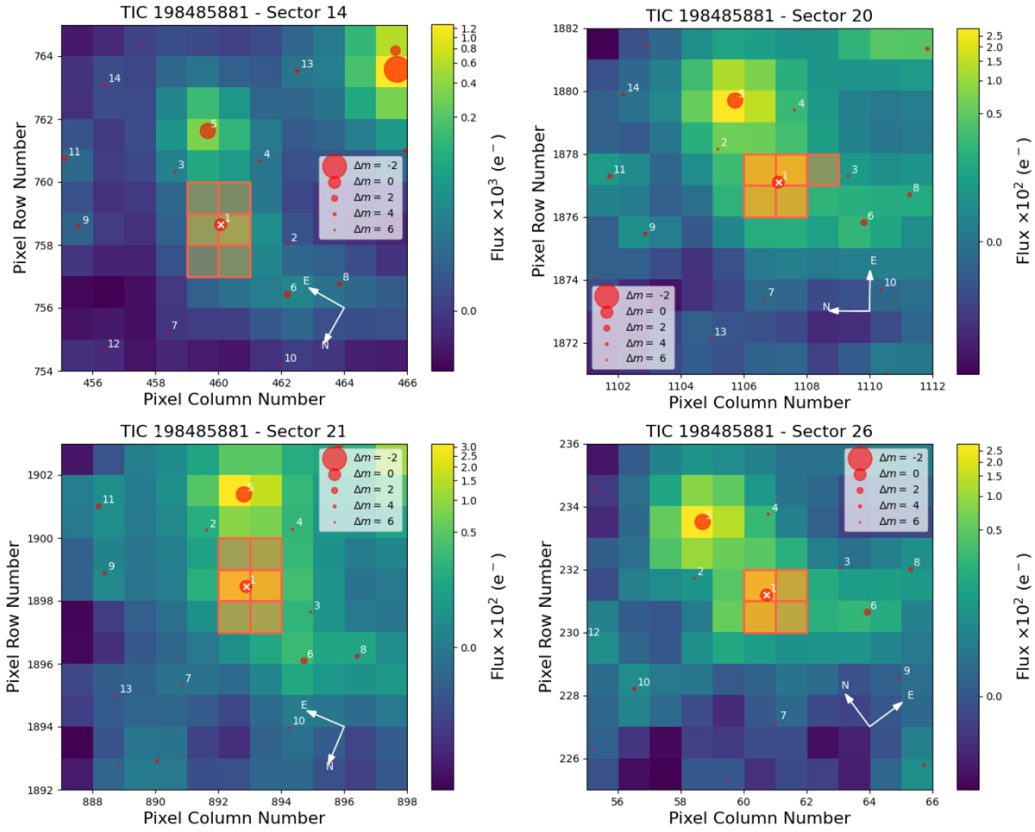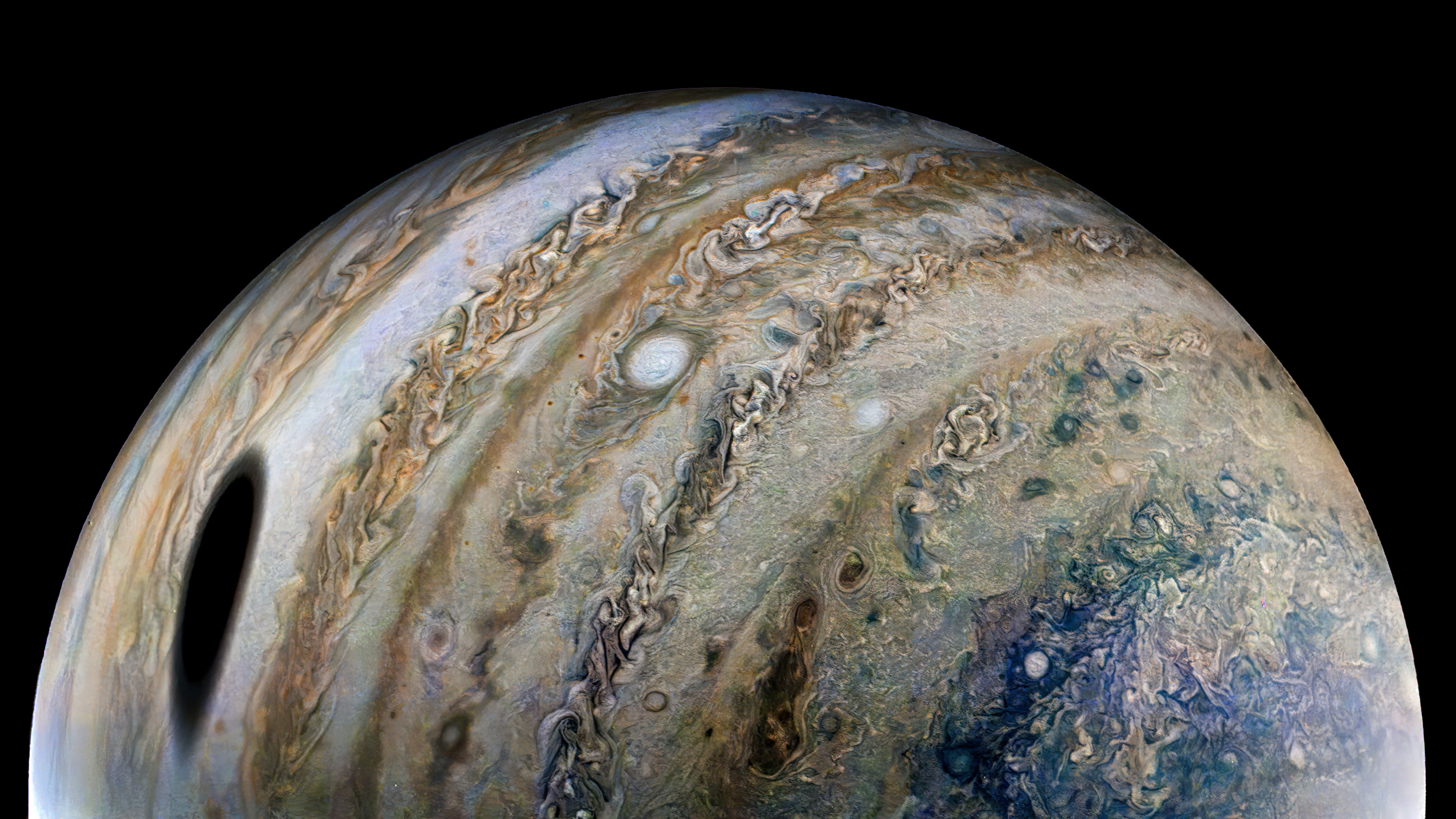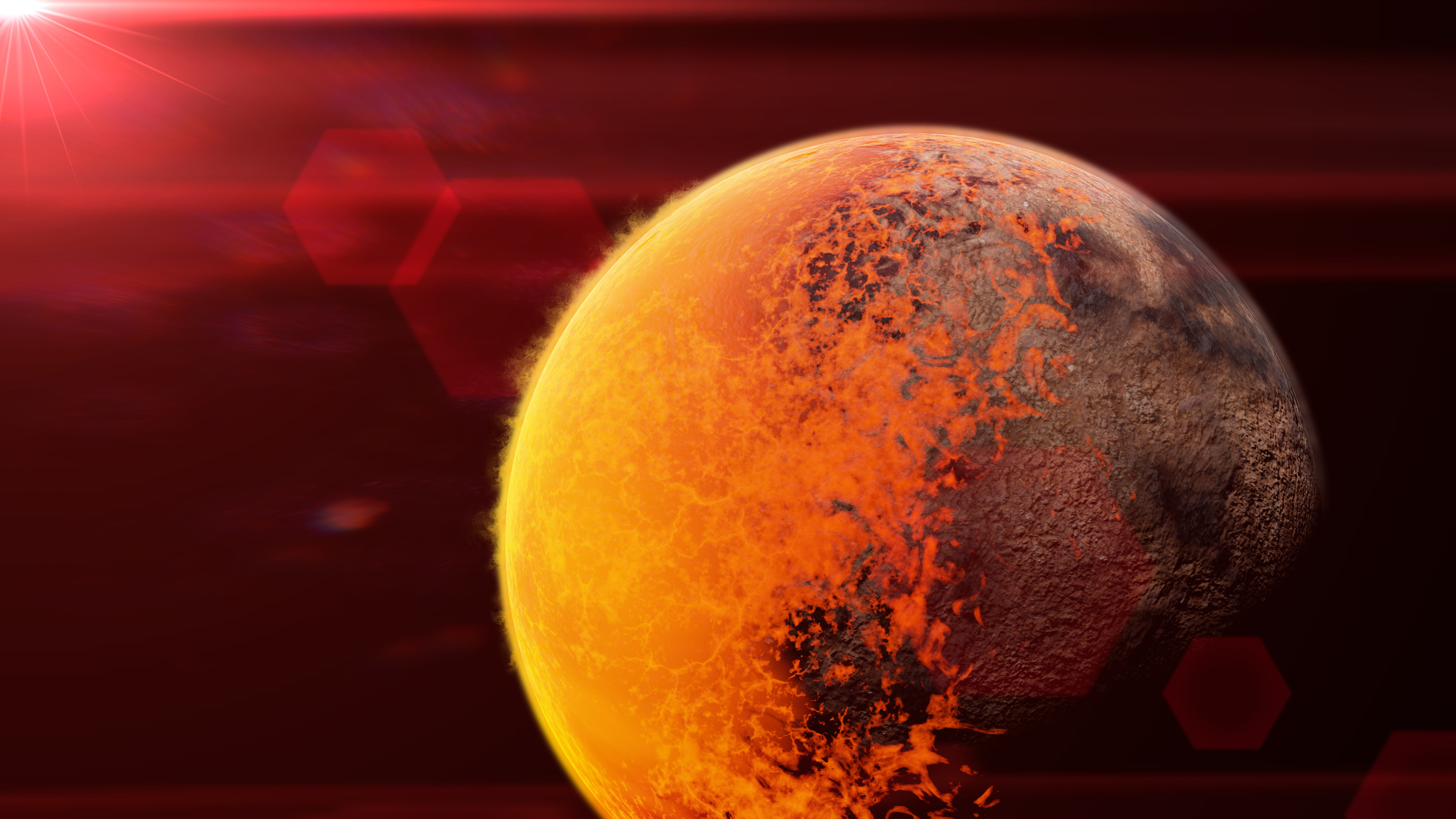Latest James Webb Space Telescope images hint that habitable planets are not common

- Scientists were disappointed to discover that two exoplanets in the TRAPPIST-1 system, located in the constellation Aquarius, are unlikely to have atmospheres.
- Without an atmosphere, there is essentially no possibility for liquid water and the existence of life.
- Other planets in the TRAPPIST system hold out some hope, however.
Everyone wants a habitable planet. For astronomers, that means a world with a nice blanket of breathable air that’s not to hot and not too cold. It also means a world with enough water to get biology started. Finding habitable worlds is the necessary first step to finding life in the Universe. That is why last month’s news that the James Webb Space Telescope (JWST) may have ruled out the habitability of a second rocky world, called TRAPPIST-1 c, made headlines. It’s a result that suggests that the notion of our galaxy being teeming with life is less likely. But were the JWST’s findings really such bad news for life in the Universe? To answer that question, we need to dig below the headlines.
TRAPPIST-1
The astronomers who announced the new results were using JWST to observe a world in the TRAPPIST-1 system, which hosts a whopping seven terrestrial worlds. Here “terrestrial” means made of mostly rock as opposed to mostly gas (like Jupiter and Saturn) or mostly ice (like Uranus and Neptune). When the TRAPPIST-1 system was discovered back in 2007, astronomers got really excited to find so many “Earth-ish” worlds in one place. They immediately began dreaming of using a telescope like JWST to search for atmospheres surrounding these planets.
One of the things that makes JWST so remarkable is that it’s powerful enough to catch the signature of a planetary atmosphere. If the inclination of a planet’s orbit is just right, it will — once per orbit — get between our line of sight and the planet’s host star. The planet then blocks starlight during these “transits.” If the world hosts an atmosphere, then some of the starlight also will pass through the world’s blanket of gasses. As the stellar photons traverse the atmosphere, some will get absorbed. In this way, the stellar spectrum, when seen through the exoplanet’s atmosphere, will pick up an imprint of the atmosphere’s constitution. This method of atmospheric characterization is going to be the key for finding both biosignatures and technosignatures (evidence for either “dumb” or “smart” life).
But before you can characterize an exoplanet’s atmosphere, you must find it. Back in March, researchers used JWST to look for evidence of an atmosphere in TRAPPIST-1 b, which is the planet closest to the host star of the planetary system (formally known as TRAPPIST-1, and which happens to be in the constellation Aquarius). No evidence for an atmosphere was found. The new results were for the next planet out, TRAPPIST-1 c. Once again, no evidence for an atmosphere was found.
Now there are caveats to these results. What was not detected in these first observations was a big, puffy atmosphere. That’s what JWST was sensitive to and would have seen if it was present. A thinner atmosphere (of the kind Earth has) is not ruled out yet. Still, the results were a disappointment.
Not quite trapped
But if we put the results in context, however, they’re not really that big of a bummer. Neither of the two worlds explored so far are in what’s called the habitable zone of TRAPPIST-1. The habitable zone is the band of orbits where the surface temperature of a planet allows liquid water to exist (assuming an atmosphere is present). Planets inside the inner edge of the habitable zone are expected to be so hot that it is unlikely life could form on them. Mercury, for example, is far inside the Solar System’s habitable zone and is an airless world with a surface temperature of 800° F (427° C). So, the TRAPPIST worlds we are really interested in are the ones farther out in the star’s habitable zone.
But what does this have to with atmospheres? Well, TRAPPIST-1 a, the host star, is a red dwarf, which is much smaller and less massive than our Sun. That means the TRAPPIST-1 habitable zone is much closer to the star, and that proximity can have dramatic effects on planetary atmospheres. In spite of being dimmer, there is still a lot of ultraviolet radiation from flares occurring on TRAPPIST-1 a’s surface. For a planet on a tight orbit, the UV radiation can strip away an atmosphere over time. In that way, it may not be much of a surprise that the innermost TRAPPIST-1 planets seem to be bare rock.
The question before astronomers now is: Can the planets in the habitable zone, lying farther out, retain their gaseous blankets? New theoretical studies by Joshua Krissansen-Totton, a planetary scientist at the University of Washington in Seattle, hold out hope that TRAPPIST-1 e and f might have been able to hold on to their atmospheres.
So, are there any habitable worlds in the TRAPPIST system, and what will that mean for the galaxy as a whole? Stay tuned. The answers are coming.





